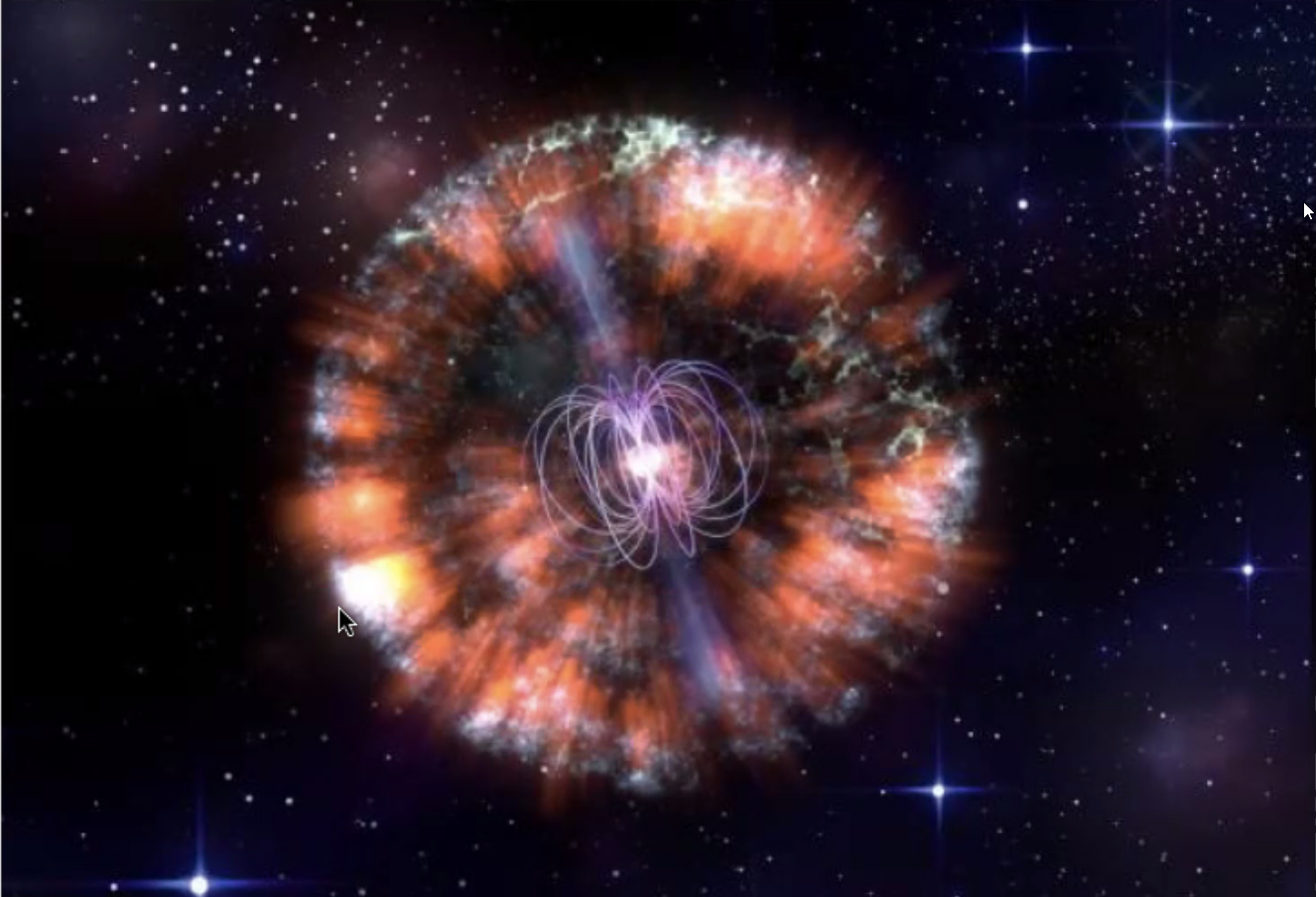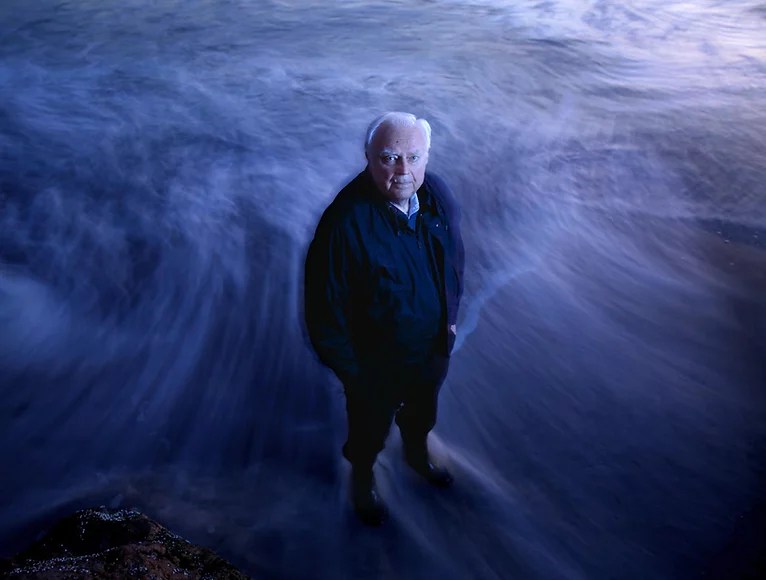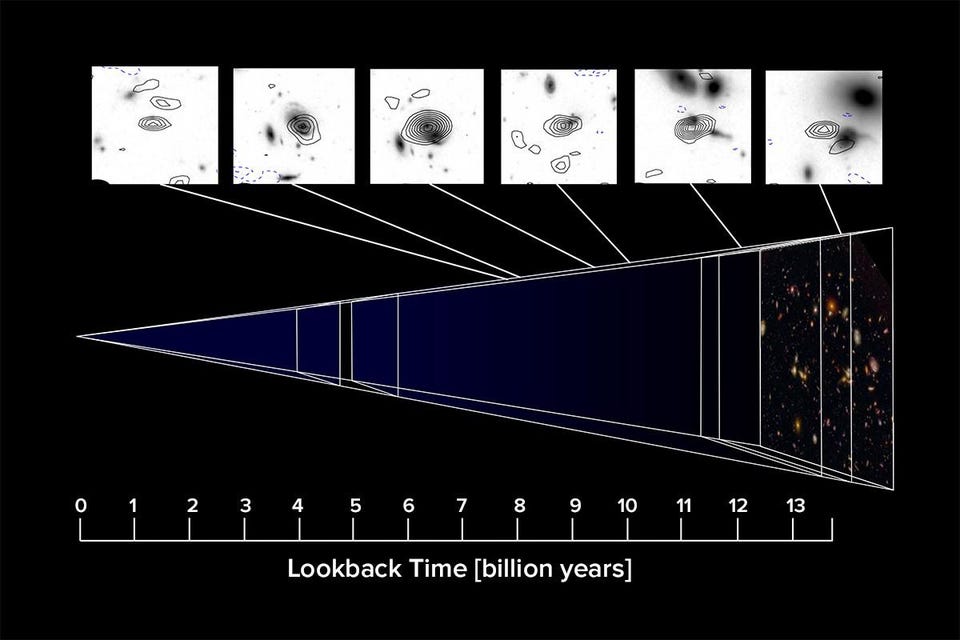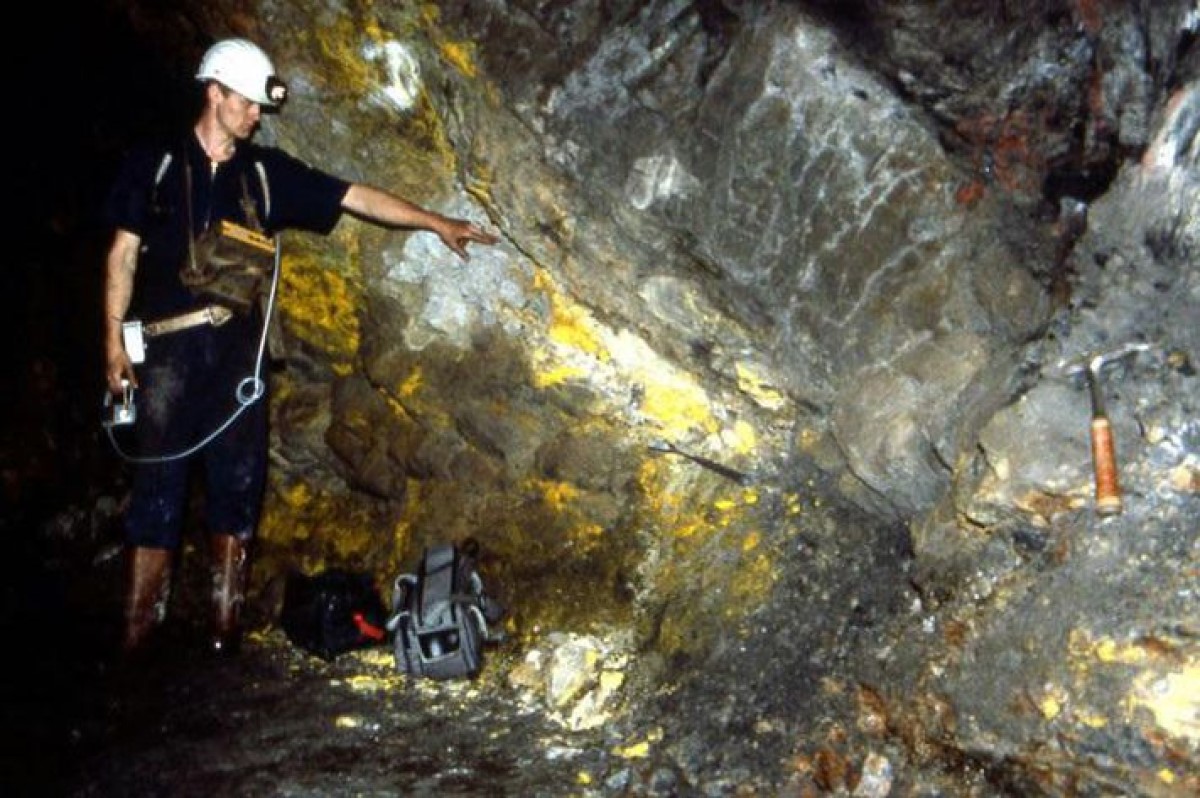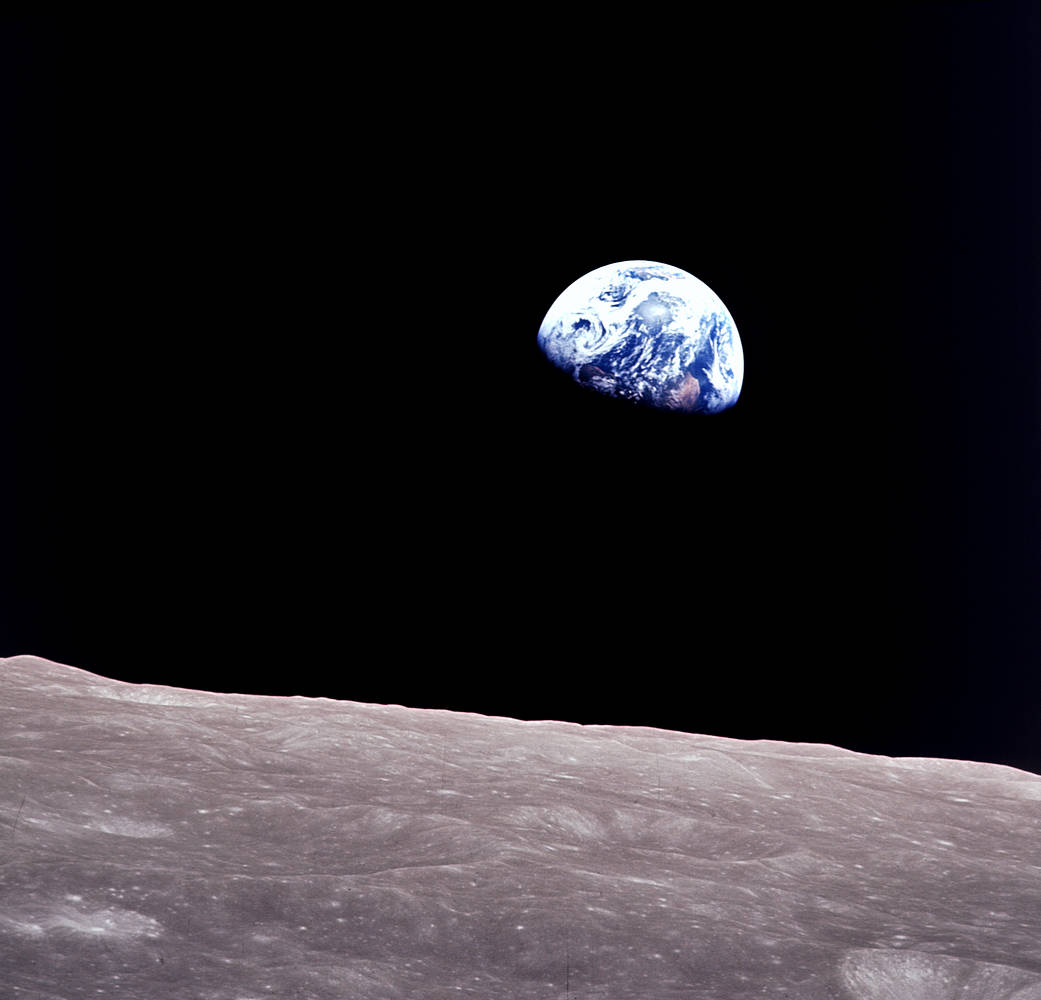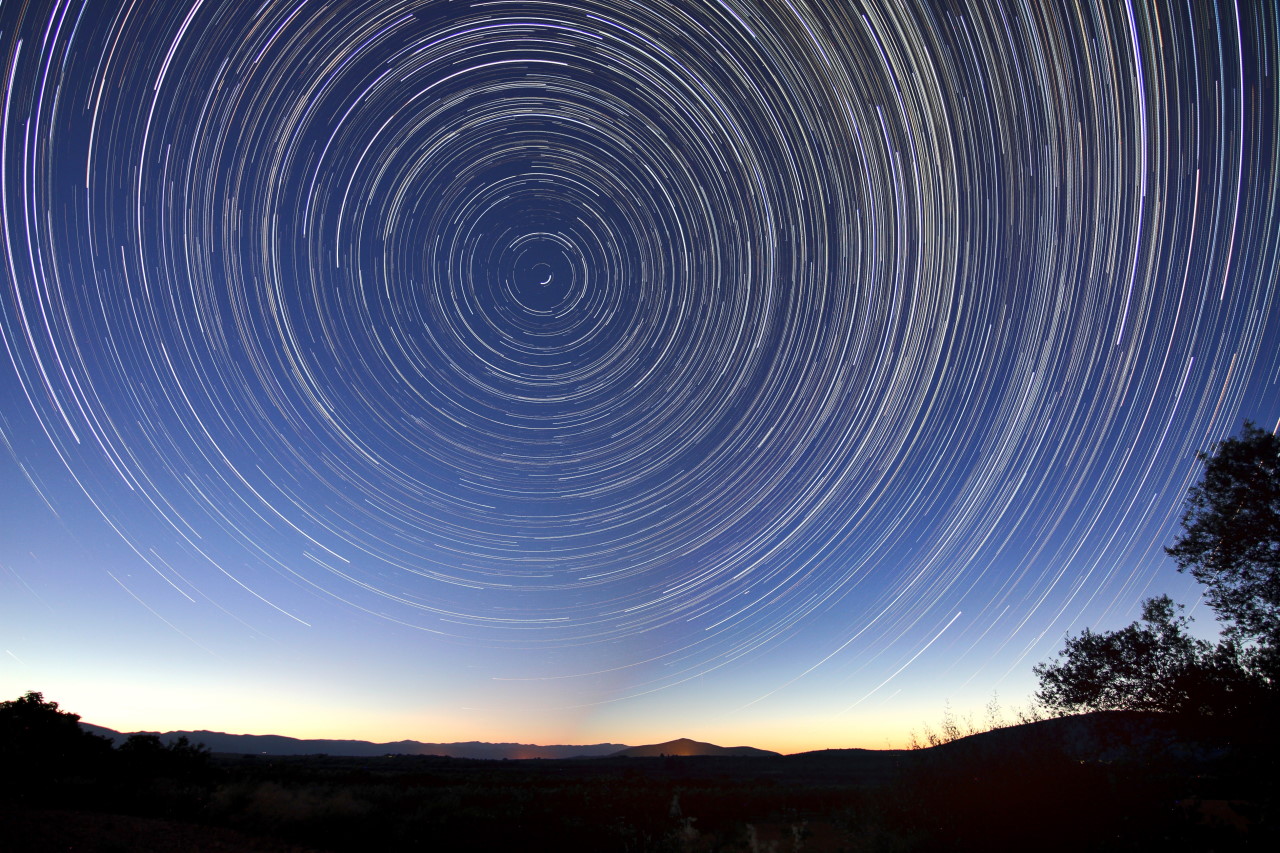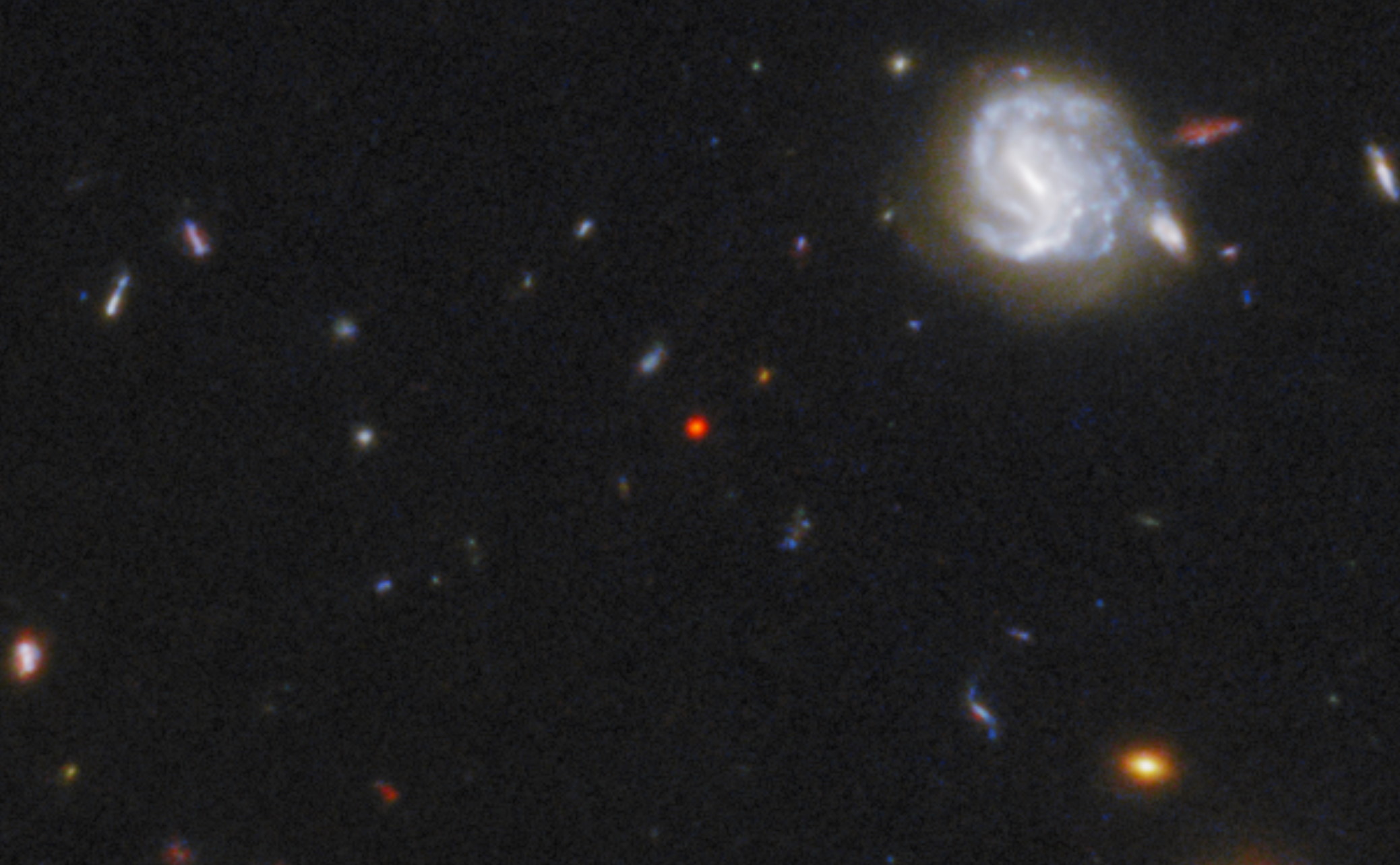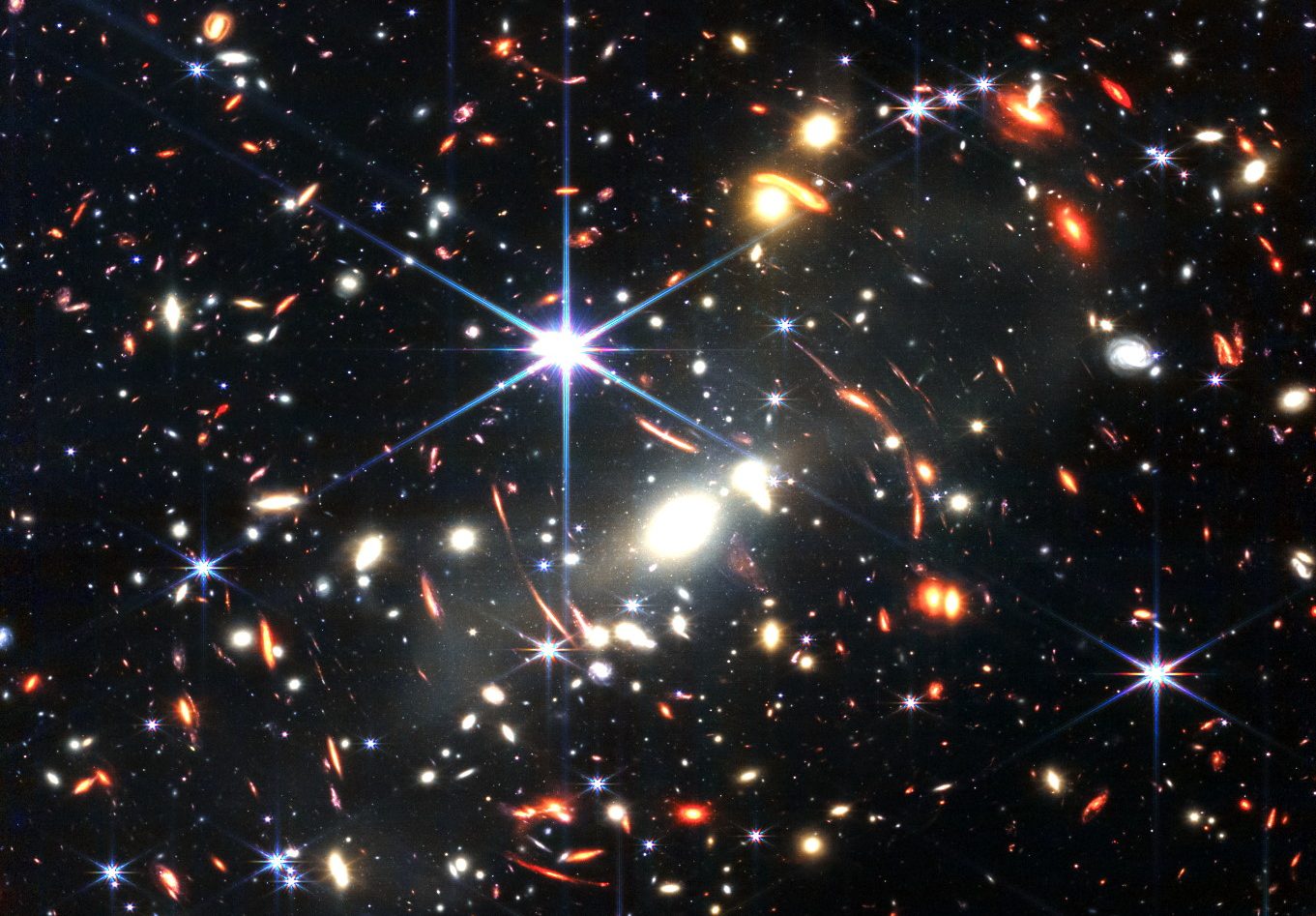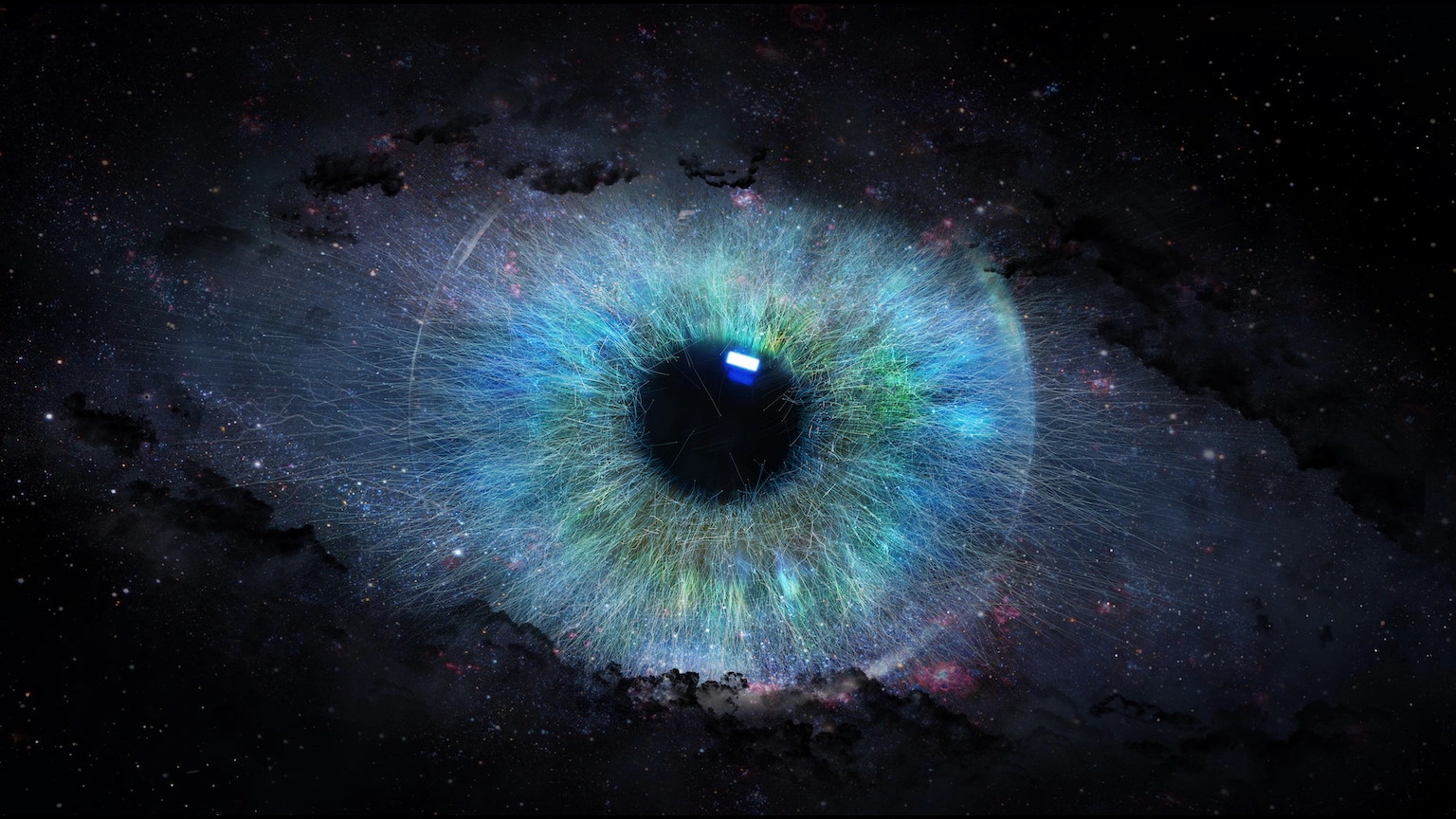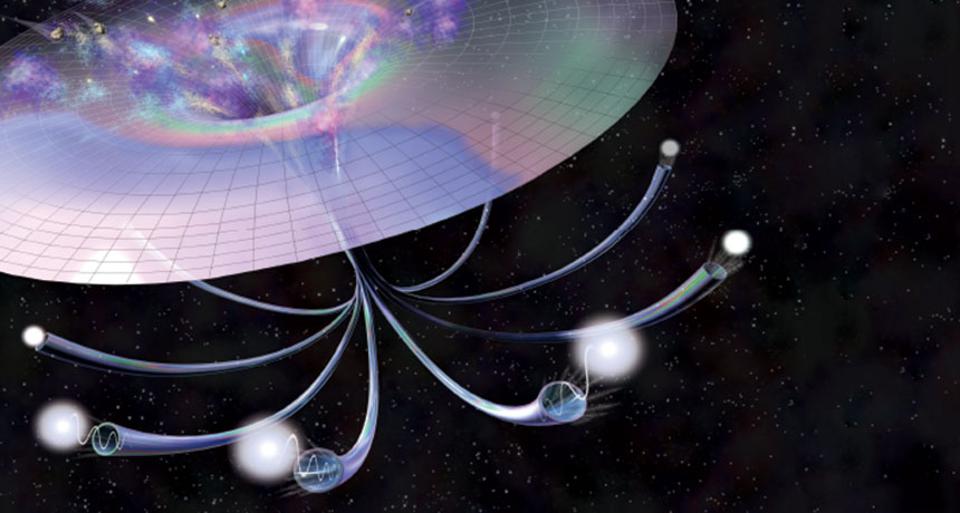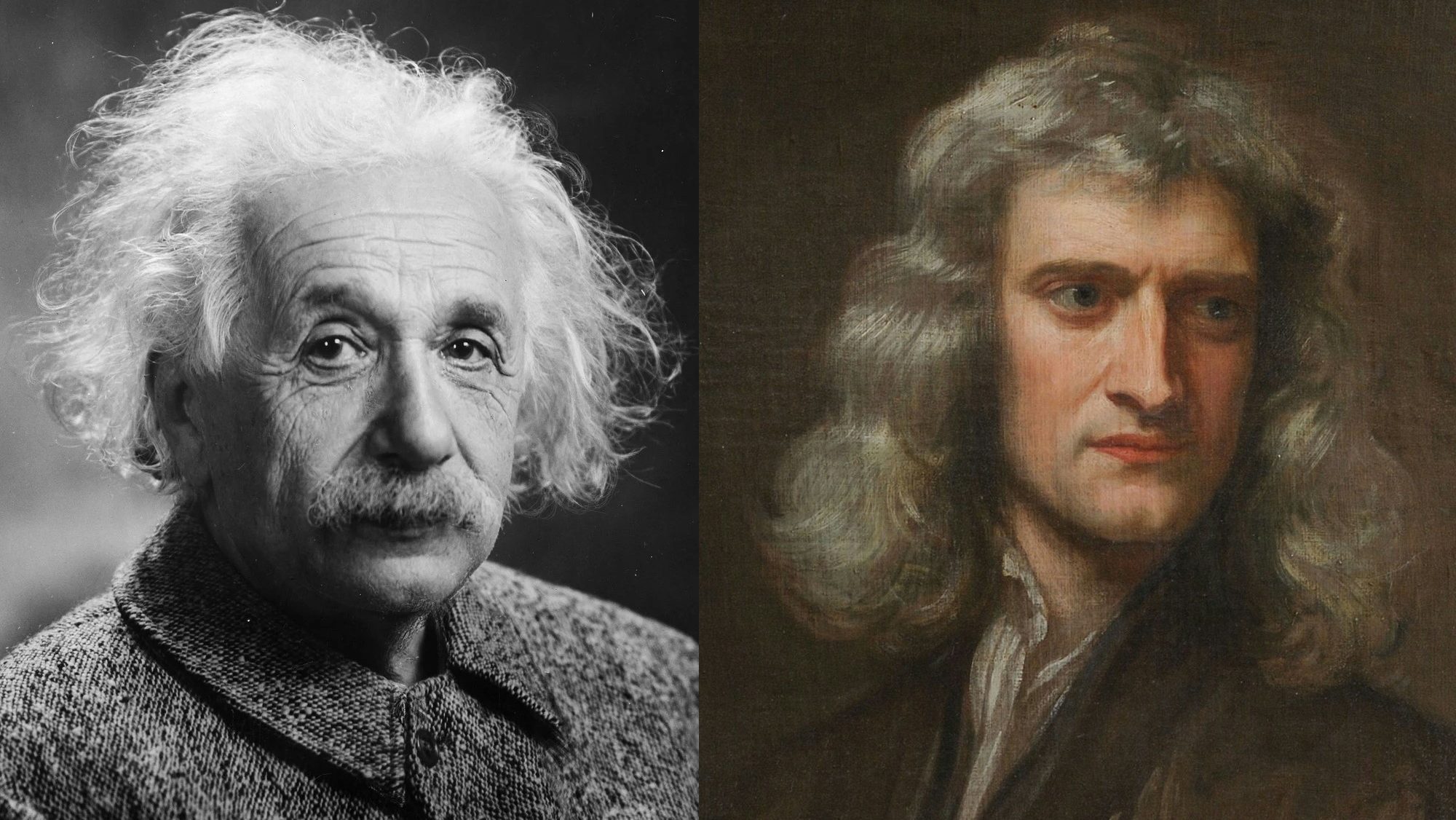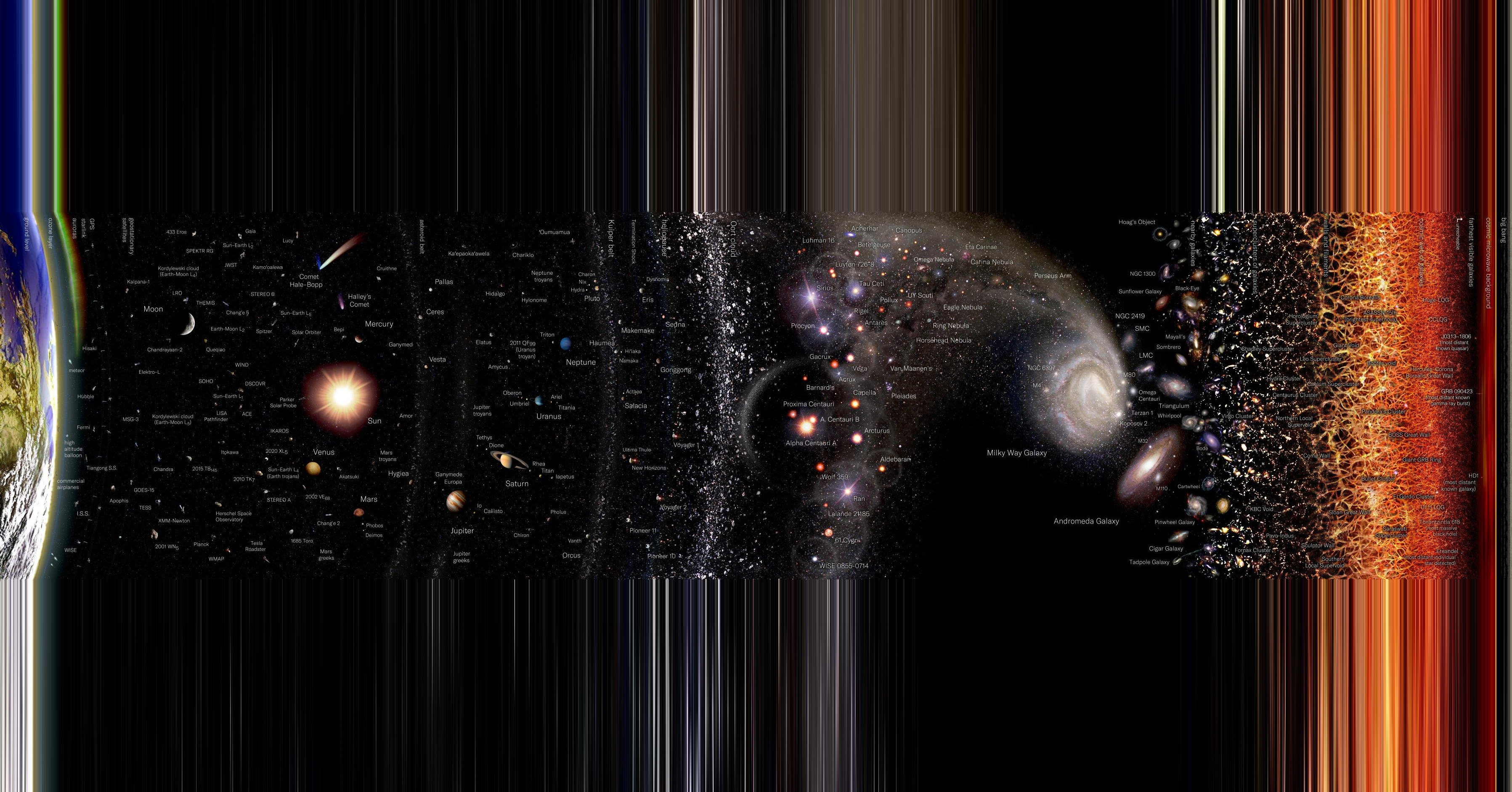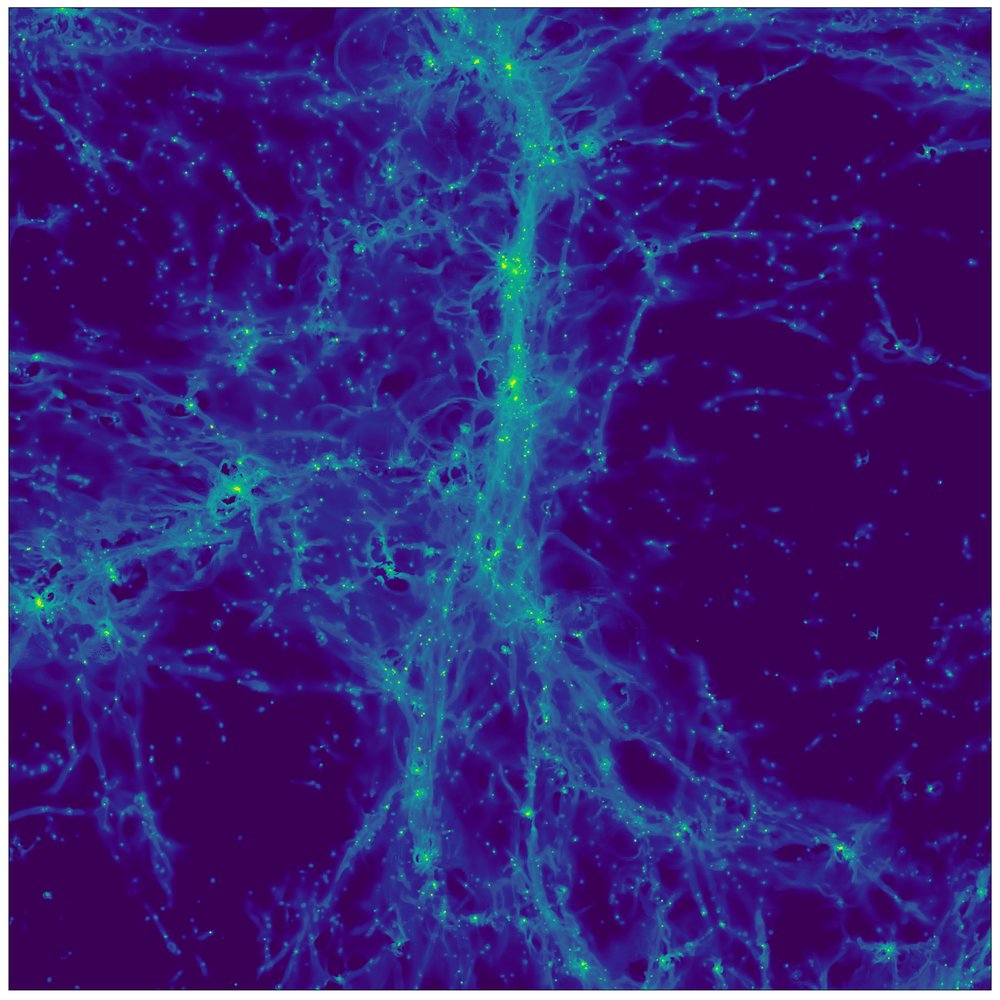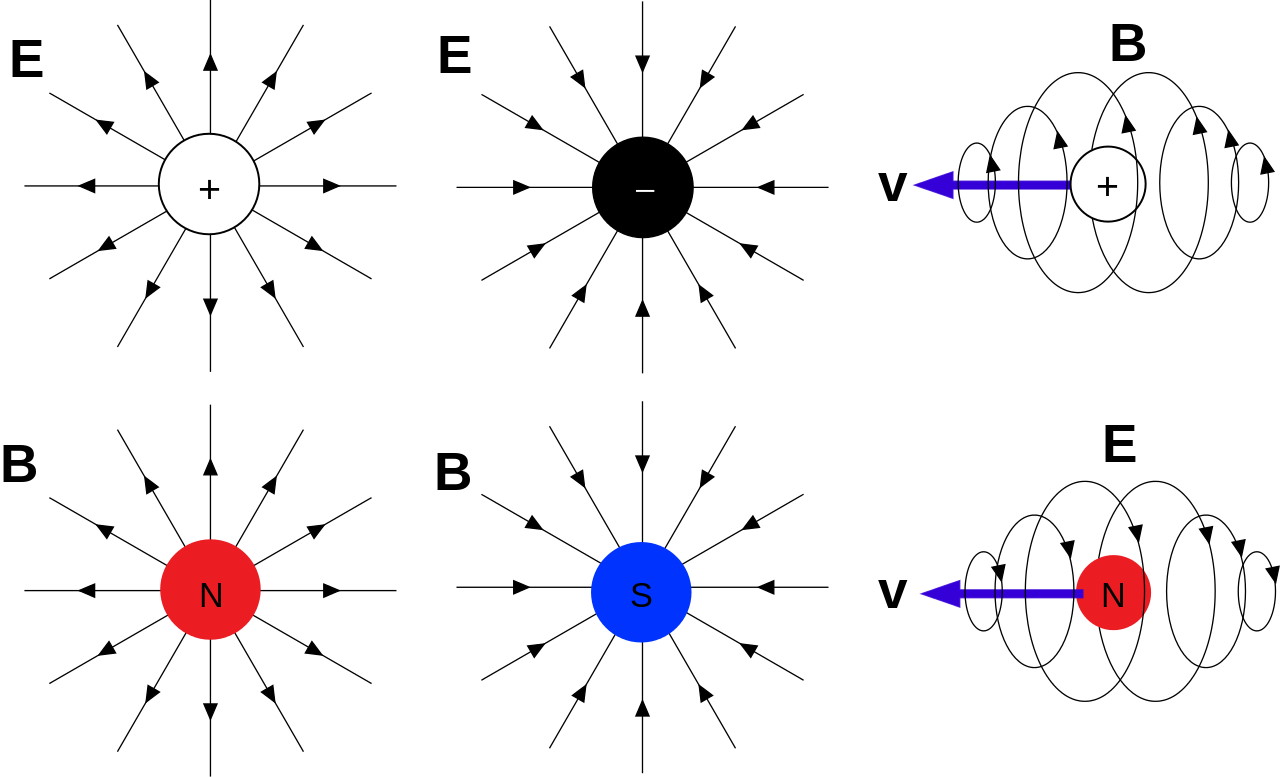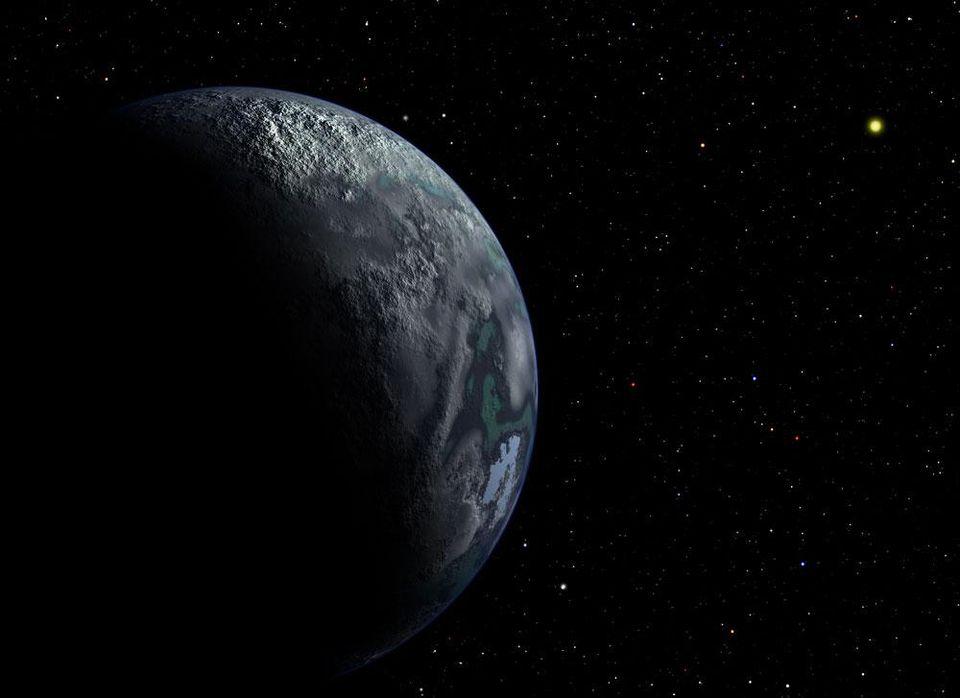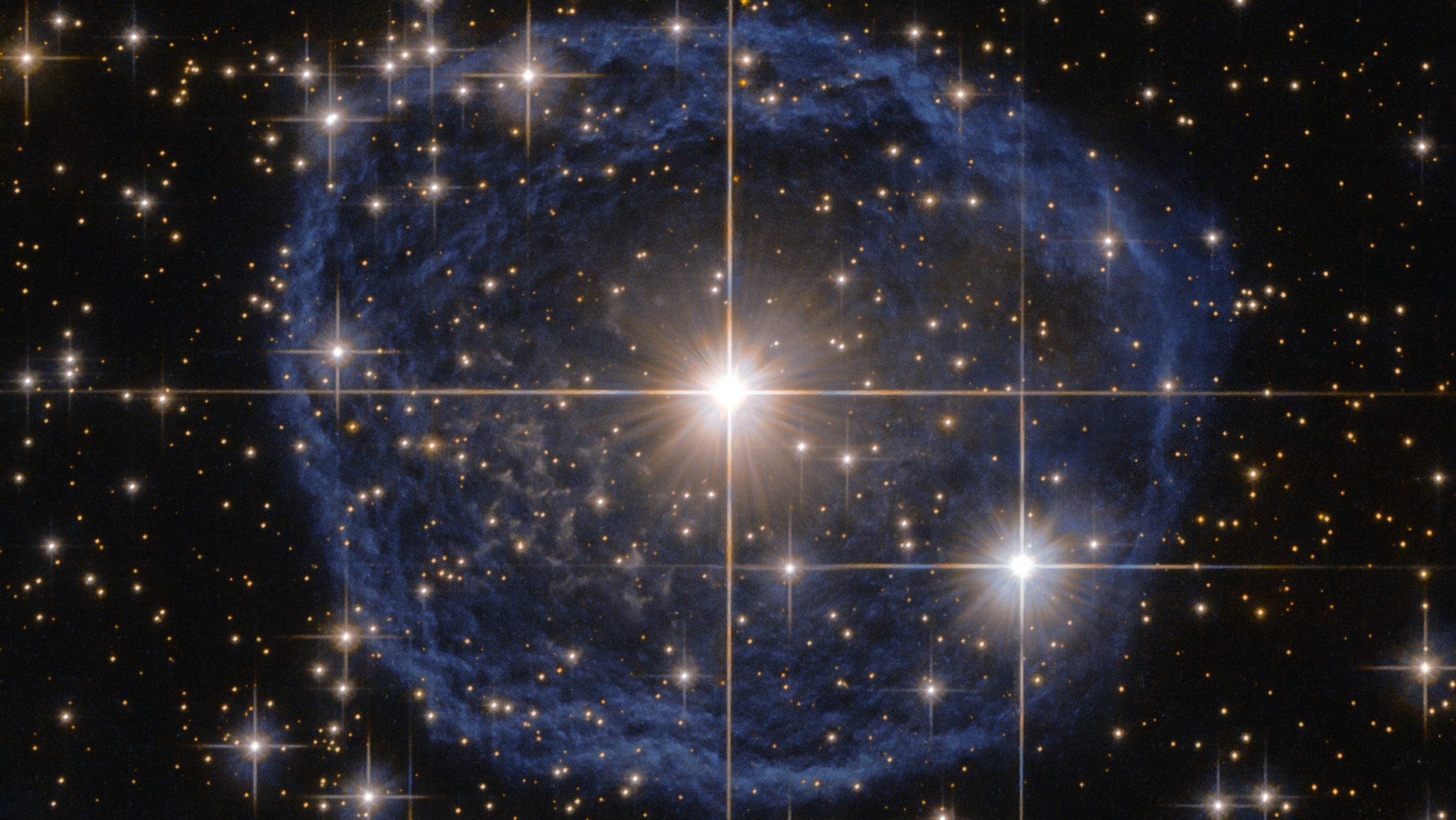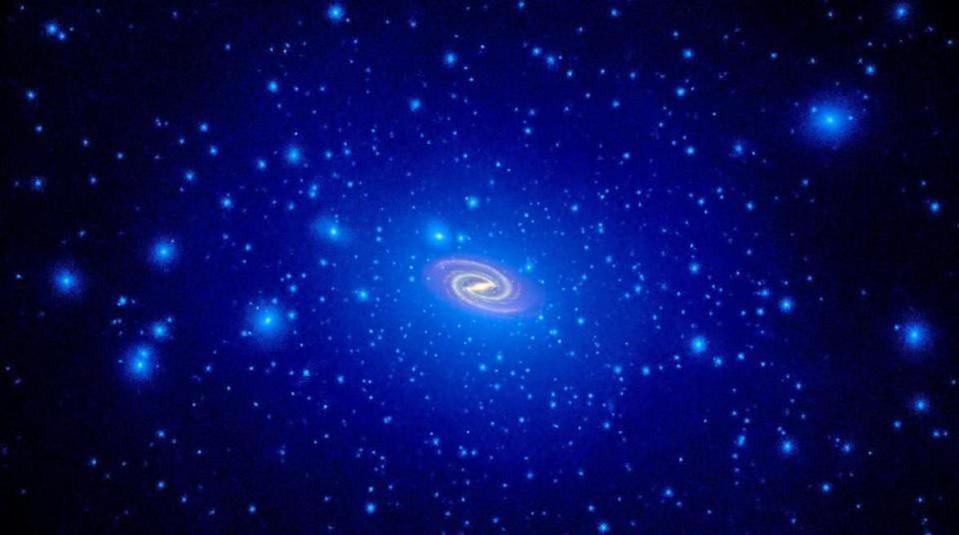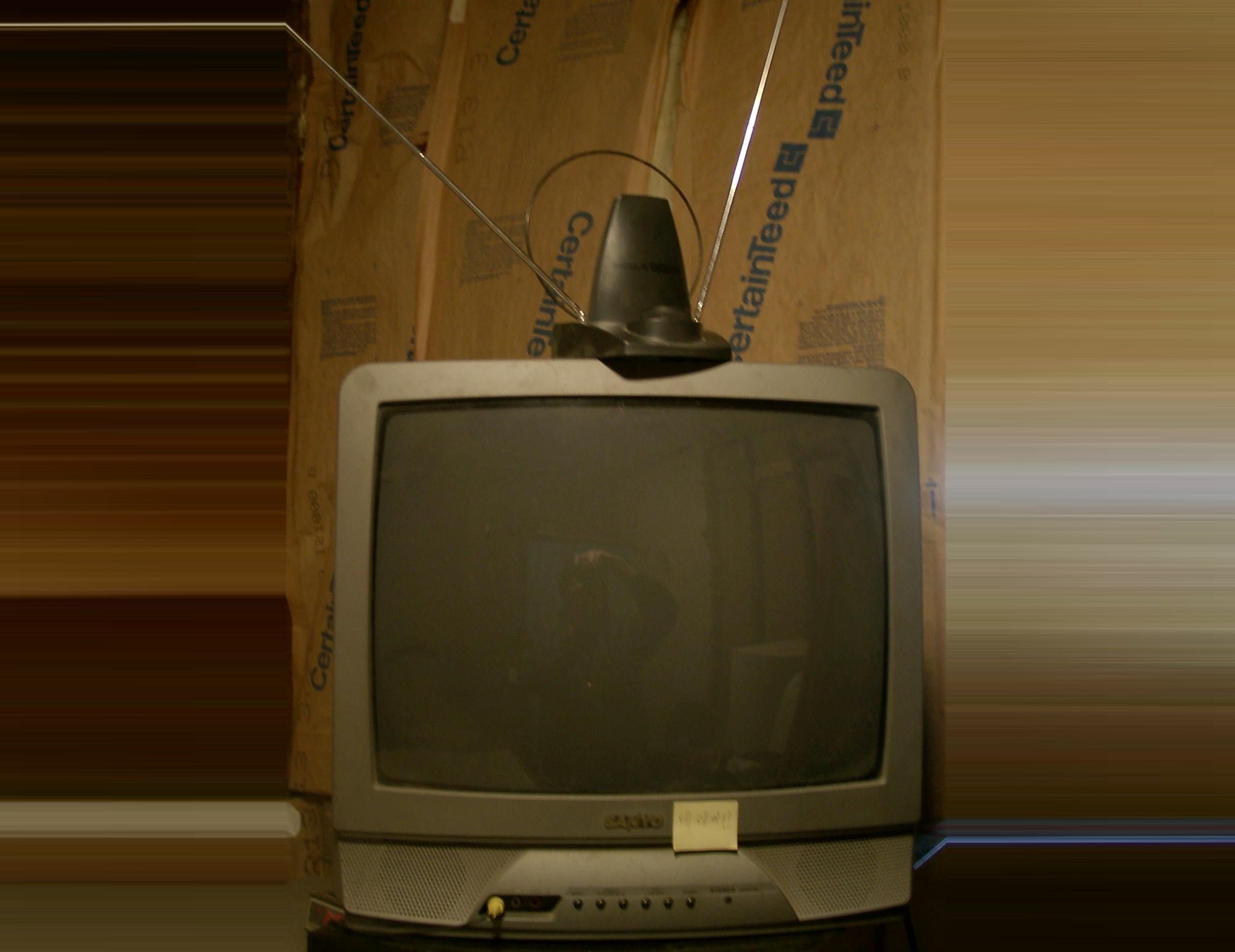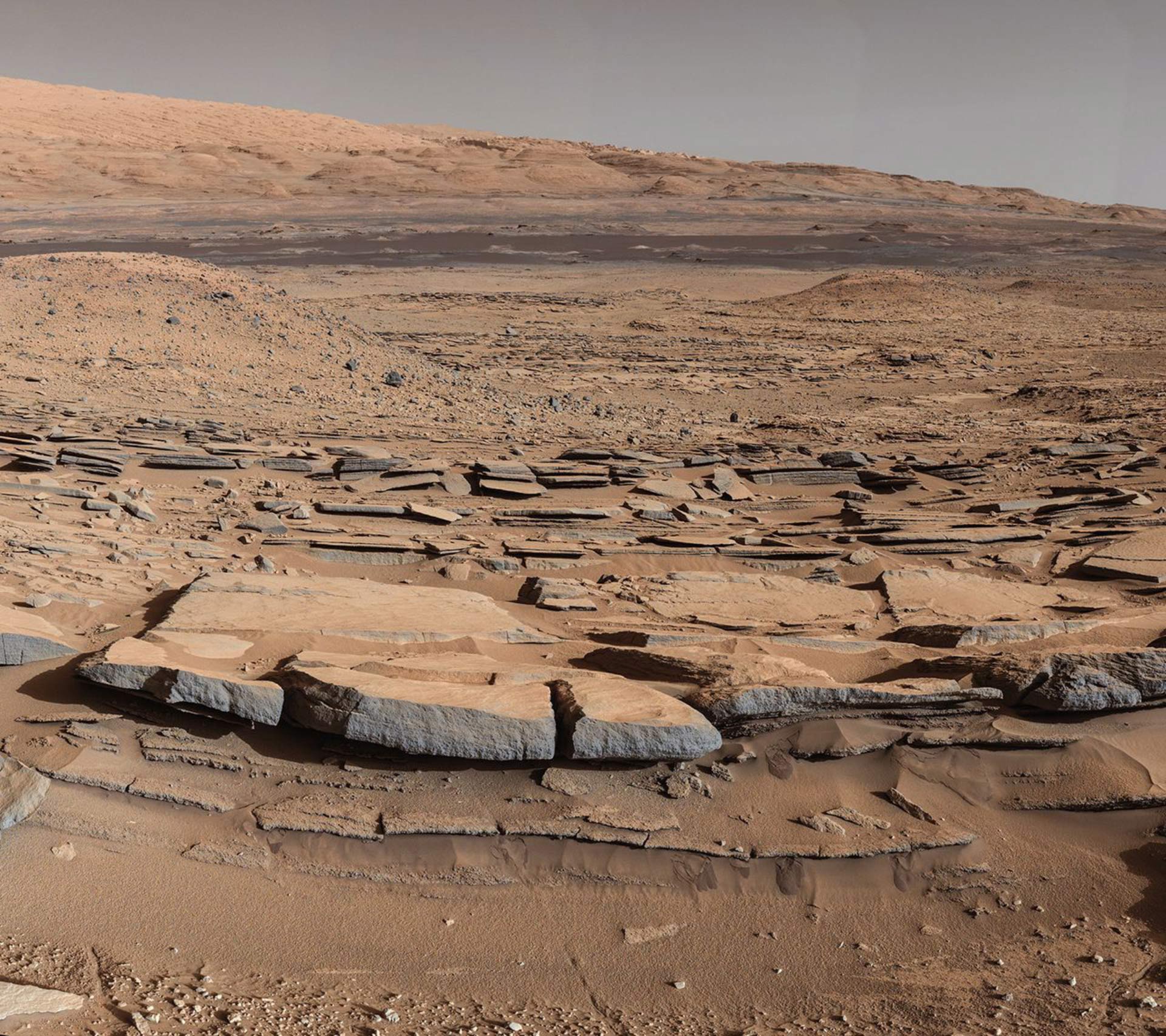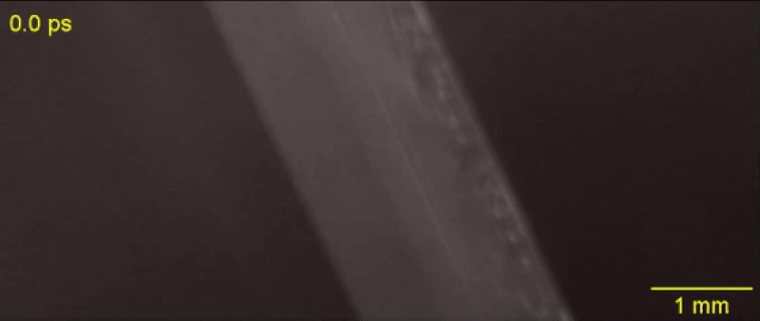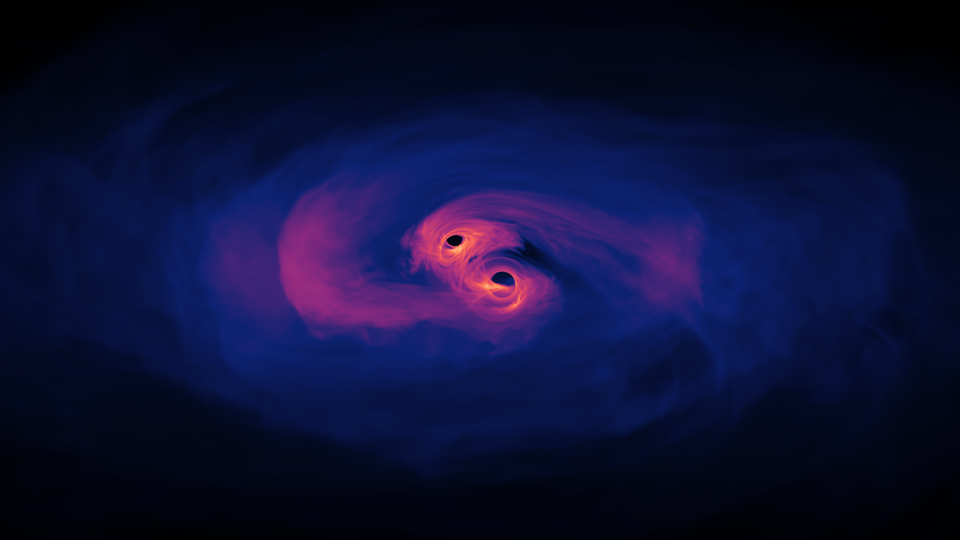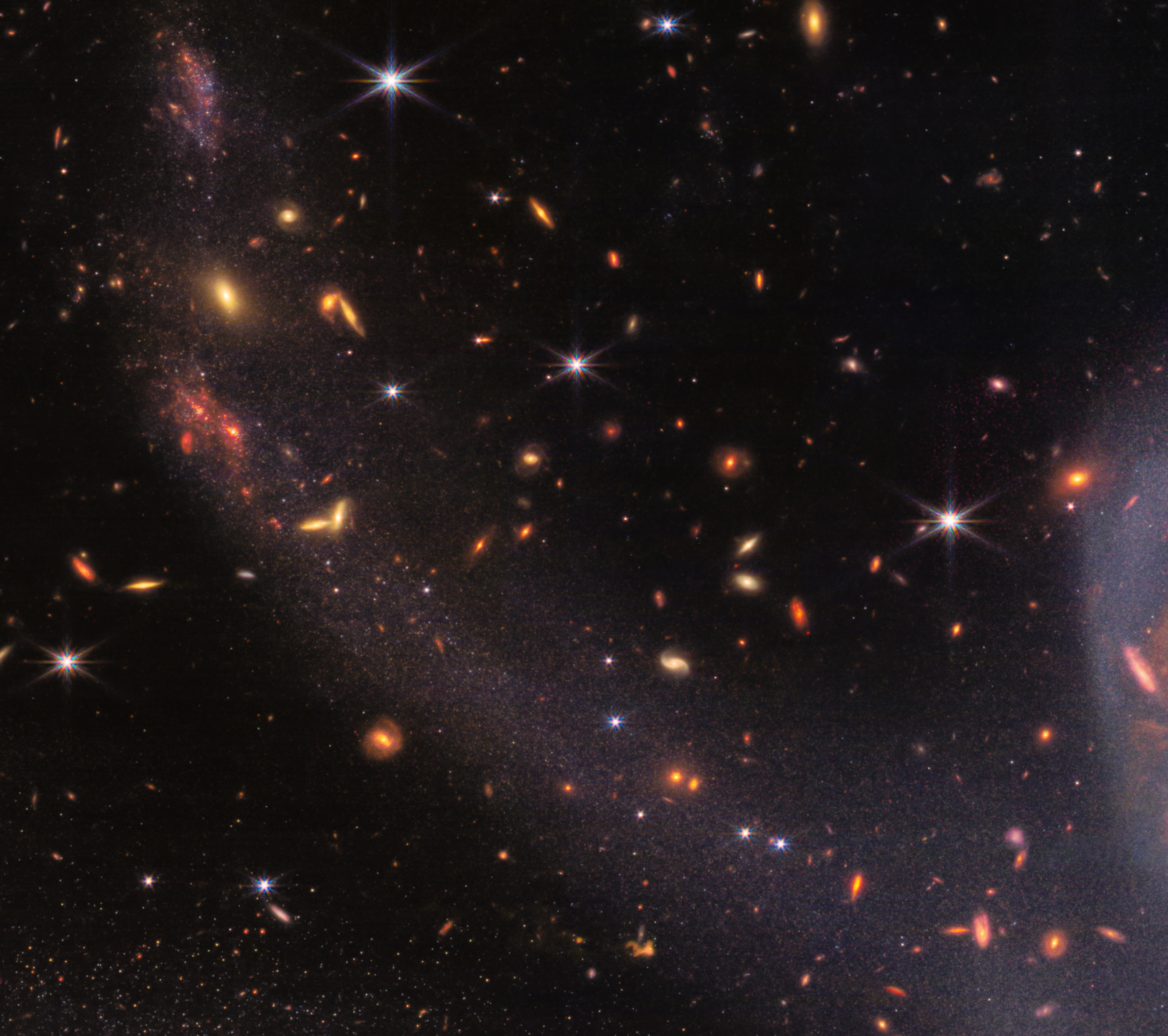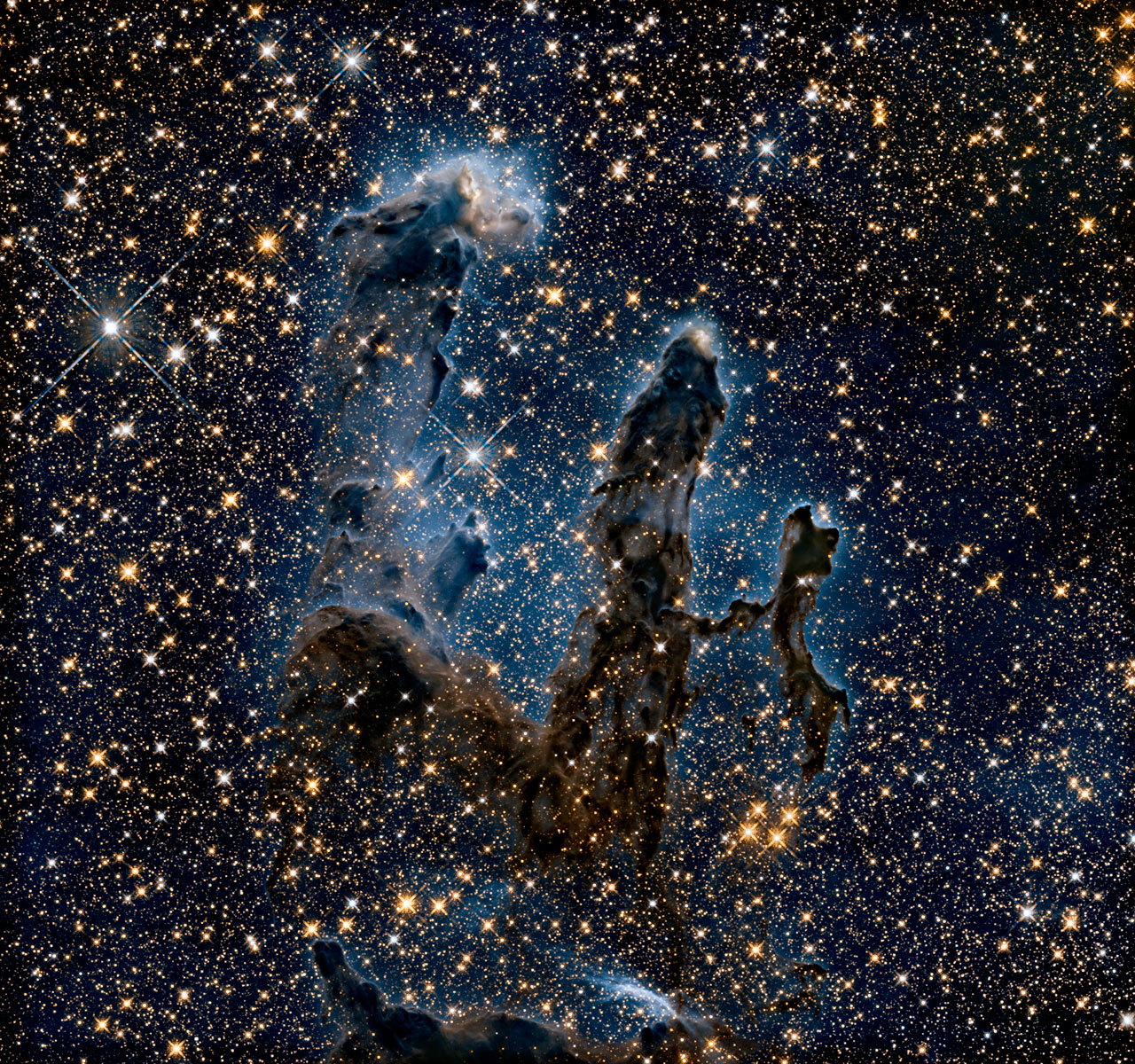
The Universe is out there, waiting for you to discover it.
Our mission: to answer, scientifically, the biggest questions of all.
- What is our Universe made of?
- How did it become the way it is today?
- Where did everything come from?
- What is the ultimate fate of the cosmos?
For countless generations, these were questions without resolutions. Now, for the first time in history, we have scientific answers. Starts With A Bang, written by Dr. Ethan Siegel, brings these stories — of what we know and how we know it — directly to you.
Get Starts With A Bang in your inbox
Featured
Why power generated through nuclear fusion will be the future, but not the present, solution to humanity’s energy needs.
It’s a strange idea to consider: that a tiny building block of matter, the atomic nucleus, holds the greatest potential for energy release.
And yet, it’s true; while electron transitions in atoms or molecules typically release energy on the order of ~1 electron-Volt, nuclear transitions between different configurations release energies a million times as great, on the order of ~1 Mega-electron-Volt.
Popular
From before the Big Bang to the present day, the Universe goes through many eras. Dark energy heralds the final one.
A wild, compelling idea without a direct, practical test, the Multiverse is highly controversial. But its supporting pillars sure are stable.
The surface and atmosphere is colored by ferric oxides. Beneath a very thin layer, mere millimeters deep in places, it’s not red anymore.
The first supernova ever discovered through its X-rays has an enormously powerful engine at its core. It’s unlike anything ever seen.
Just 13.8 billion years after the hot Big Bang, we can see 46.1 billion light-years away in all directions. Doesn’t that violate…something?
All Stories
With the right material at the right temperature and a magnetic track, physics really does allow perpetual motion without energy loss.
Remembering Frank Drake, who transformed the search for alien life & extraterrestrial intelligence into a full-fledged scientific endeavor.
Einstein’s relativity teaches us that time isn’t absolute, but passes relatively for everyone. So how do telescopes see back through time?
Planets can create nuclear power on their own, naturally, without any intelligence or technology. Earth already did: 1.7 billion years ago.
The last 70 years have taken us farther than the previous 70,000. But can we accomplish more than creating a record saying, “We were here?”
If you can model anything in the Universe with an equation, mathematics is how you get the solution(s). Physics must go a step further.
From black holes to dark energy to chances for life in the Universe, our cosmic journey to understand it all is just getting started.
No. No no no. Just… no. The JWST has truly blown our scientific minds, but it’s a pure crackpot idea that the Big Bang is now disproven.
Is science absolute? Its truths and discoveries guide us toward the nature of reality, but we must always remain open-minded to revisions.
As we gain new knowledge, our scientific picture of how the Universe works must evolve. This is a feature of the Big Bang, not a bug.
Einstein’s “happiest thought” led to General Relativity’s formulation. Would a different profound insight have led us forever astray?
As we look to larger cosmic scales, we get a broader view of the expansive cosmic forest, eventually revealing the grandest views of all.
Our model of the Universe, dominated by dark matter and dark energy, explains almost everything we see. Almost. Here’s what remains.
Magnetic monopoles began as a mere theoretical curiosity. They might hold the key to understanding so much more.
The anthropic principle has fascinating scientific uses, where the simple fact of our existence holds deep physical lessons. Don’t abuse it!
The game of Plinko perfectly illustrates chaos theory. Even with indistinguishable initial conditions, the outcome is always uncertain.
Known as orphaned planets, rogue planets, or planets without parent stars, these “outliers” might be the most common planet of all.
At their cores, stars can reach many millions or even billions of degrees. But even that doesn’t touch the hottest of all.
There’s an extra source of massive “stuff” in our Universe beyond what gravitation and normal matter can explain. Could light be the answer?
If you have an old TV set with the “rabbit ear” antennae, and you set it to channel 03, that snowy static can reveal the Big Bang itself.
Unless you have a critical mass of heavy elements when your star first forms, planets, including rocky ones, are practically impossible.
The whole isn’t greater than the sum of its parts; that’s a flaw in our thinking. Non-reductionism requires magic, not merely science.
There’s an extremely good chance that there is, or at least was, life on Mars. But is it native to Mars, or did it originate from Earth?
In all the Universe, only a few particles are eternally stable. The photon, the quantum of light, has an infinite lifetime. Or does it?
Dark matter has never been directly detected, but the astronomical evidence for its existence is overwhelming. Here’s what to know.
With a telescope at just the right distance from the Sun, we could use its gravity to enhance and magnify a potentially inhabited planet.
We only detected our very first gravitational wave in 2015. Over the next two decades, we’ll have thousands more.
We knew we’d find galaxies unlike any seen before in its first deep-field image. But the other images hold secrets even more profound.
There are so many problems, all across planet Earth, that harm and threaten humanity. Why invest in researching the Universe?
Ever since the start of the hot Big Bang, time ticks forward as the Universe expands. But could time ever run backward, instead?







